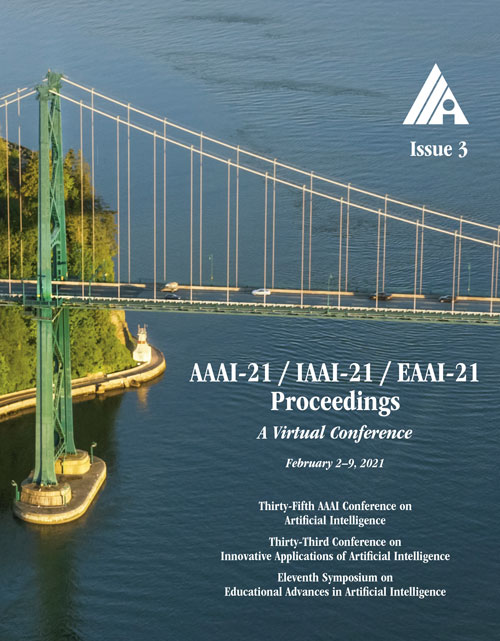Inference Fusion with Associative Semantics for Unseen Object Detection
DOI:
https://doi.org/10.1609/aaai.v35i3.16295Keywords:
Object Detection & Categorization, Transfer/Adaptation/Multi-task/Meta/Automated LearningAbstract
We study the problem of object detection when training and test objects are disjoint, i.e. no training examples of the target classes are available. Existing unseen object detection approaches usually combine generic detection frameworks with a single-path unseen classifier, by aligning object regions with semantic class embeddings. In this paper, inspired from human cognitive experience, we propose a simple but effective dual-path detection model that further explores associative semantics to supplement the basic visual-semantic knowledge transfer. We use a novel target-centric multiple-association strategy to establish concept associations, to ensure that the predictor generalized to unseen domain can be learned during training. In this way, through a reasonable inference fusion mechanism, those two parallel reasoning paths can strengthen the correlation between seen and unseen objects, thus improving detection performance. Experiments show that our inductive method can significantly boost the performance by 7.42% over inductive models, and even 5.25% over transductive models on MSCOCO dataset.Downloads
Published
2021-05-18
How to Cite
Li, Y., Li, P., Cui, H., & Wang, D. (2021). Inference Fusion with Associative Semantics for Unseen Object Detection. Proceedings of the AAAI Conference on Artificial Intelligence, 35(3), 1993-2001. https://doi.org/10.1609/aaai.v35i3.16295
Issue
Section
AAAI Technical Track on Computer Vision II

